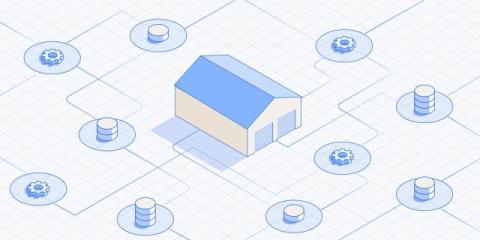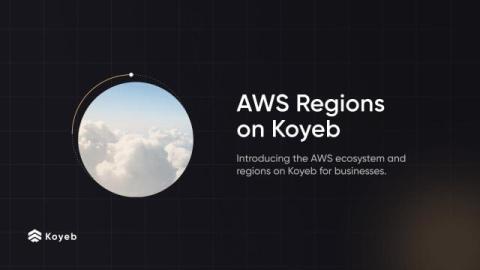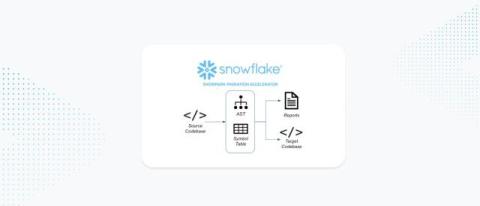How to Develop an Automated Testing Strategy
According to Gartner’s 2023 report, 60% of the organizations surveyed automate their software testing to boost product quality, 41% reported using it to speed up deployment, and 29% say it helps alleviate their QA teams’ workload. Also, 43% of these organizations claimed that test automation results in higher test accuracy. Despite automation’s large-scale adoption and various benefits, many QA leaders and test engineers find its implementation challenging.











